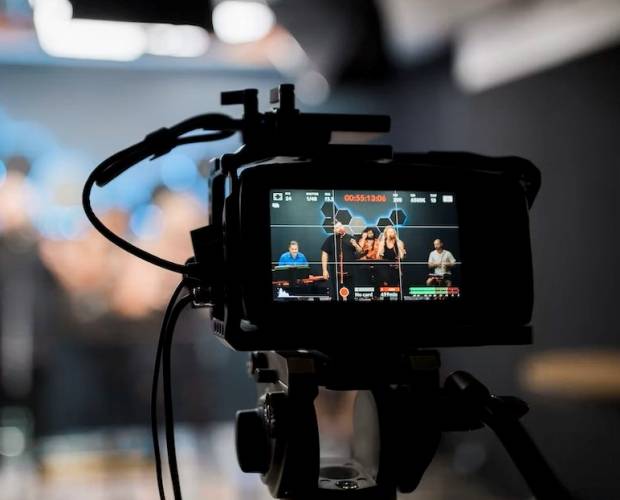Ahead of our Programmatic Lunch on 23 November, we have been talking to some of the event’s partners to get their thoughts on the current digital advertising landscape. Here we talk to Cristina Constandache, chief advertising officer at Viber, about in-app programmatic.
 MM: Starting off right at the beginning, how does in-app programmatic differ to mobile web and desktop?
MM: Starting off right at the beginning, how does in-app programmatic differ to mobile web and desktop?
CC: “First of all, there is a lot more demand for desktop programmatic than for mobile and especially in-app. Viber only have in-app inventory and, as such, we encounter a lot of challenges from simply finding the right ad server and to finding the right demand.
“For some reason, it seems the advertisers are not yet fully comfortable or confident to spend on in-app. Demand is even scarcer when it comes to native ads, which Viber privileges. And we know that, despite the fact that it’s growing, native ads represent 20-25 percent of demand out there on a good day.”
MM: So, on mobile, what makes in-app the place to be rather than mobile web?
CC: “When you’re thinking about the high-volume inventory apps, in-app users are very loyal. We know that consumers are using fewer apps but, those that they’re using, they’re using a lot more heavily. This means you are truly in front of an audience that is very engaged and very loyal, which is not the case with mobile web where their people are reading, you’re browsing – it’s a very different frame of mind.
“As an advertiser you want to be put in front of that captive audience because, by definition, it will be a lot more open to receiving your message if it’s shared in a way that is relevant to their in-app experience.
“It’s a no brainer. You have a truly attentive audience. They are there, they are yours. Depending on the types of apps, you can understand their interests and usage patterns without going into PII territory. And these are users are constantly coming back, so you can use that as way to engage with them by fine tuning your message accordingly.
MM: When you’re targeting these users, how do you best optimise the ads for them and how do you limit intrusiveness?
CC: “When it comes to Viber specifically, as a messaging app we have to be very careful about where we place your ads. As a result, Viber has very few placements. We can’t afford to plaster banners everywhere in the app because the main purpose of the users is to be able to freely communicate with friends and family.
“We limit overexposure by, first of all, very carefully deciding which ad placements to use… And then, when it comes to ad serving, we make sure that frequency caps are used and then we control the content of the ads. It’s not only by limiting certain categories, which is something that everyone in the industry does, but also the look and feel of certain ads which, in some cases, might not be appropriate for the messaging space.”
MM: Obviously, you’ve mentioned native, but have you found any other formats that are effective to use?
CC: “We are very different to other types of apps. Native remains the most appropriate. We have stickers, which today are probably the most native type of advertising that one can use for a messaging app. And, unlike other types of ad placement, it’s not something an advertiser can force to put in front of the user because stickers are linked to utility and emotion. Nobody will download a sticker pack in order to use certain stickers unless they help them express themselves better and unless that brand has managed to convey the utility aspect and the emotional aspect of it.
“As publisher who is looking to monetise the inventory, we do need to face the reality of the market which is that native is relatively limited compared to standard display. We have to allow our ad placements to be compatible with both native and display.”
MM: And to round-up, looking ahead, where do you see in-app programmatic heading?
CC: “Programmatic, in general, is going to go through some transformations because, in the last couple of years, the industry has very much focused on the technology for the sake of technology – only to discover that technology for the sake of technology doesn’t work… Everybody’s moving towards guaranteed deals, which means the industry is trying to re-establish a direct connection between the publisher and the advertiser. I see this as the natural progression of where programmatic is today because otherwise a lot of publishers and advertisers are not going to get the benefits of what the technology is supposed to facilitate.”
MM: And finally, your thoughts on the Programmatic Lunch?
CC: “A lot of things have happened this year with GDPR and with the shifting towards publisher-advertiser direct relationships, not to mention the several consolidations in the industry – a trend that continues from last year. So, the Programmatic Lunch should give us all a good opportunity to understand how all this is affecting the digital space and what we can expect next.”







